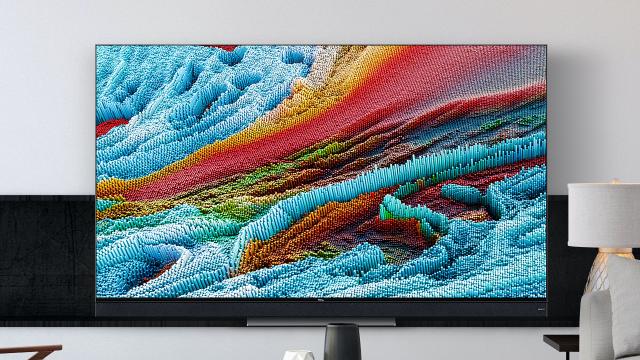Buying a new TV can be one of the most expensive purchases you can make for your home. It’s something you want to put a lot of consideration into because you’re probably going to be using it for a fair few years to come.
If you mainly use your TV for gaming, then the criteria of what makes a good TV will be somewhat different compared to the person who just wants something they can stream Netflix on. And if you own a PlayStation 5, Xbox Series X/S or like to hook up your PC to your TV, there are a few key criteria for what makes a TV good for gaming.
If your current TV is getting a bit long in the tooth and you’re looking to nab yourself a new one, here are a few features you should look out for.
What can HDMI 2.1 do?
If you own one of these consoles, then you’ll want a TV that has HDMI 2.1 support. Why? Because without an HDMI 2.1 connection you won’t be taking full advantage of these consoles’ features. And if you’ve spent literal months trying to track down one of these next-gen systems, not getting all you can out of them seems like a waste.
This type of connection port is a fairly new one, so not every TV currently has it, but you’re seeing it pop up more and more these days. With an HDMI 2.1 connection, you’ll be able to achieve a 4K resolution at 120 FPS, should the output device support it. Compare this to HDMI 2.0, which is what most current TVs use, which can achieve a 4K resolution at 60 FPS.
While HDMI 2.0 connections can let you achieve higher frame rates, it’s usually done at the expense of lowering the screen’s resolution. With HDMI 2.1, you get the best of both worlds.

What is VRR and ALLM?
If you’ve been sussing out various modern TVs, there’s a good chance you’ve come across the acronyms VRR and ALLM. So what exactly do these terms mean?
A good on-screen image isn’t the only perk of HDMI 2.1. With this connection, you’ll be able to activate a feature called Variable Refresh Rate (VRR), which will automatically adjust the TV’s refresh rates to match the console’s output. With VRR enabled, it’ll help to prevent screen tearing and keep your visuals smooth.
It’s worth noting that the PS5 doesn’t currently have support for VRR, but hopefully an upcoming update could fix that.
Auto Low Latency Mode (ALLM) is a feature that does exactly what it says on the can. With ALLM, your TV will automatically switch to its preset game mode, which will optimise your gaming with the lowest latency possible.
This results in low lag for a faster gaming experience, which is especially handy if your gaming diet mainly consists of fast-paced shooters. In general, you should always have your TVs game mode enabled when gaming – this feature just saves you the hassle of mucking around in your TV’s settings menu.
A sharper image
Pretty much every TV currently on the market supports 4K, and it’d be extremely silly to pick up one that doesn’t. But you’ll also want one with some form of high dynamic range (HDR), which will help enhance the colour, contrast and clarity of the on-screen image.
However, if you’re looking towards the future, grabbing a TV that supports an 8K resolution could be a good investment to make as that’s clearly the direction that the technology is heading. While there might not be much 8K content available at the moment, that could easily change within the next few years.

So you now know what features to look out for when picking up a TV, but what TVs are worth picking up? If you’re after something that should last your through this current generation of consoles, TCL’s recent line of Google-powered X925 mini-LED TVs are a good place to start. It’s got all of the features you want for a gaming TV – HDMI 2.1 support with ALLM and VRR, HRD10+ and an 8K resolution.
It also uses mini-LEDs, which help to pack more LEDs into a single space, resulting in an increase in dimming zones with enhanced contrast, brightness and deeper blacks.
As an added bonus, the 65-inch version of the TCL X925, which has an RRP of $4,499, is currently on sale for $3,495 through The Good Guys. That’s a pretty solid saving for a solid 8K mini-LED TV that you’ll surely get some good mileage out of.

Leave a Reply